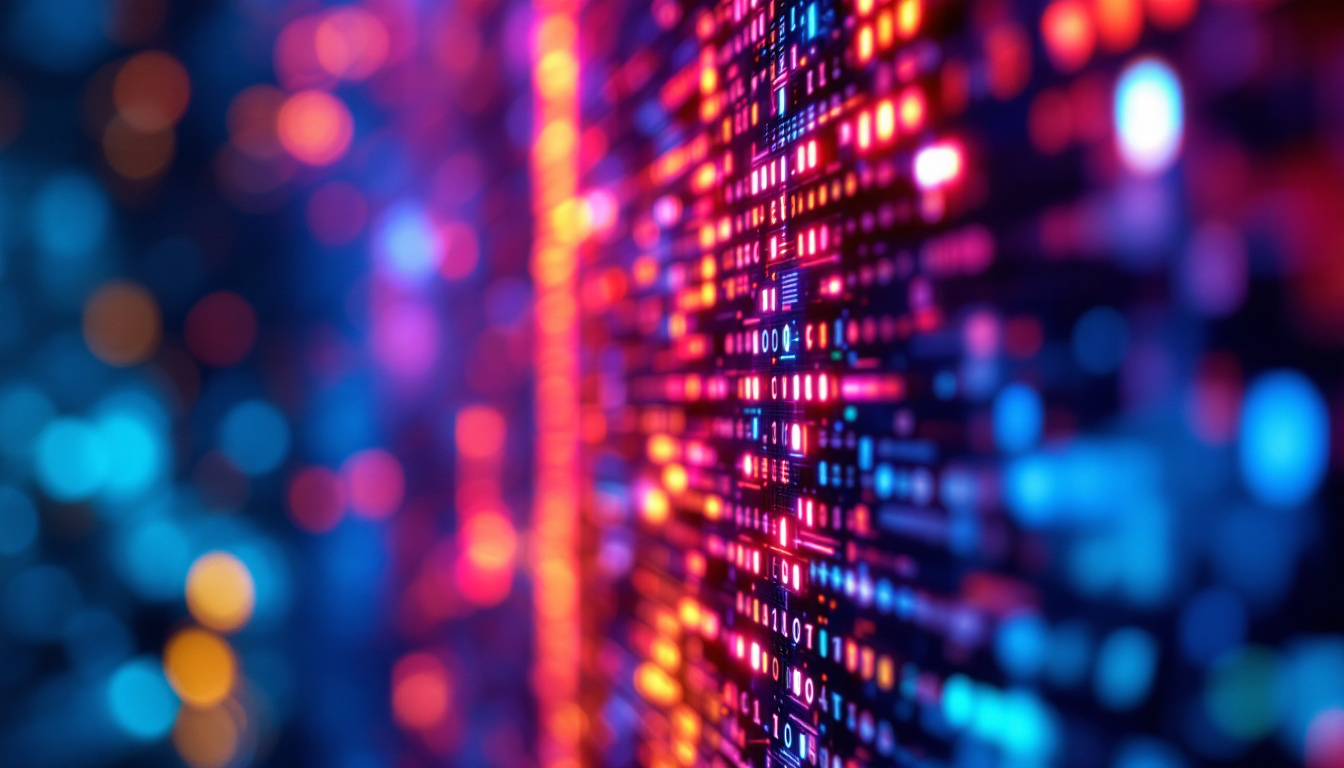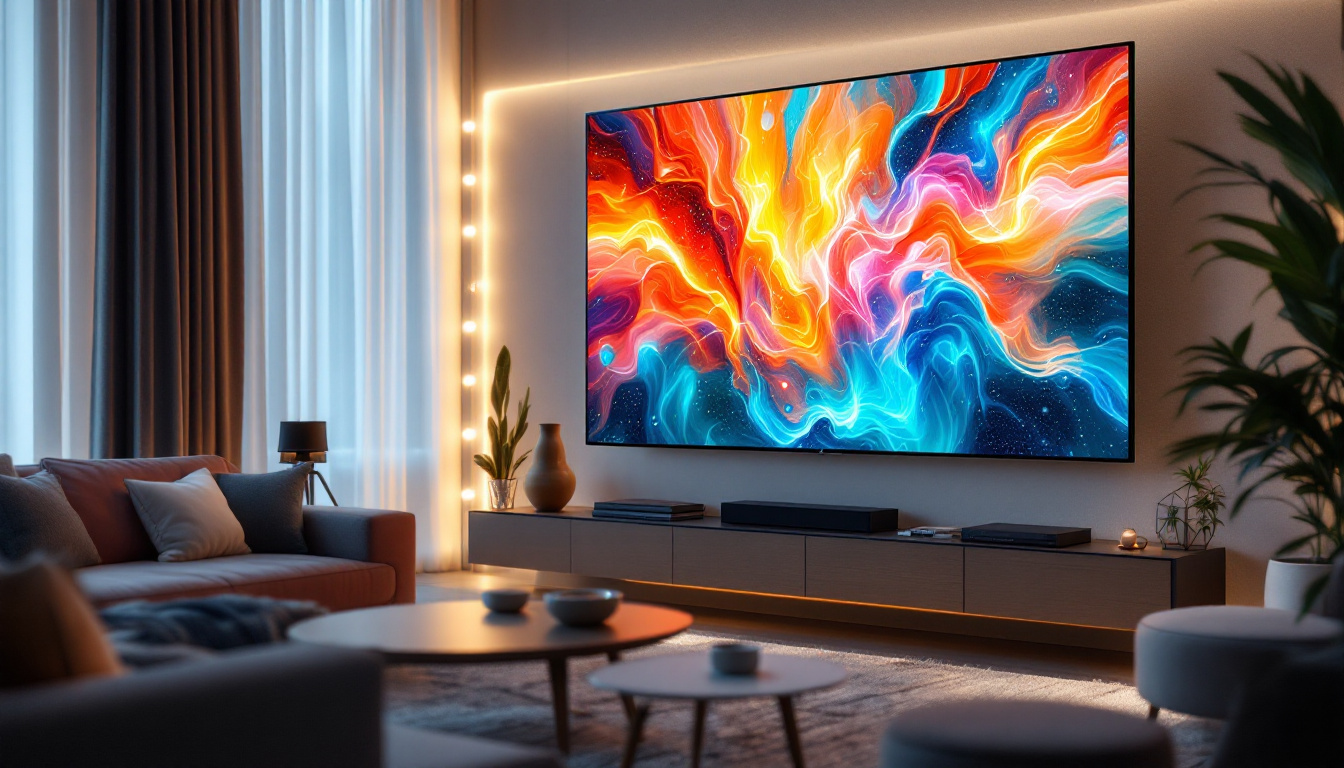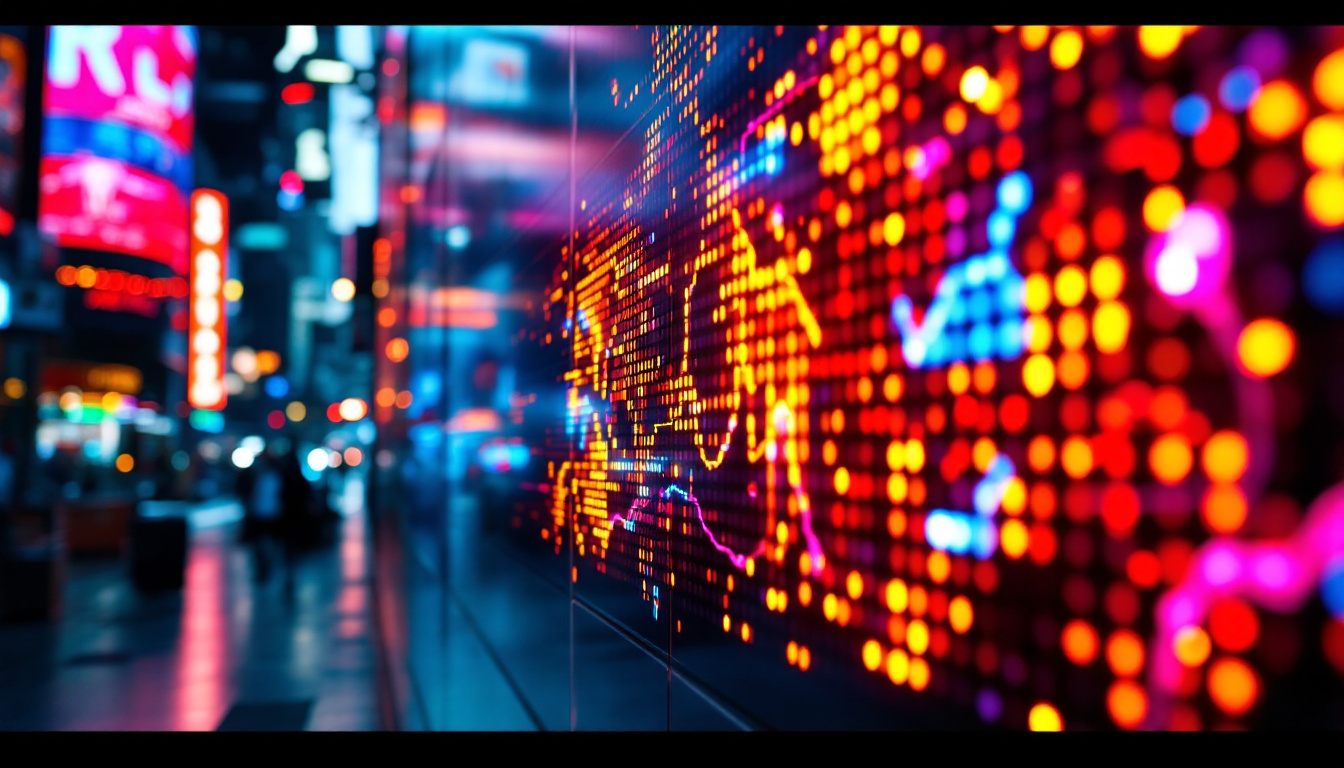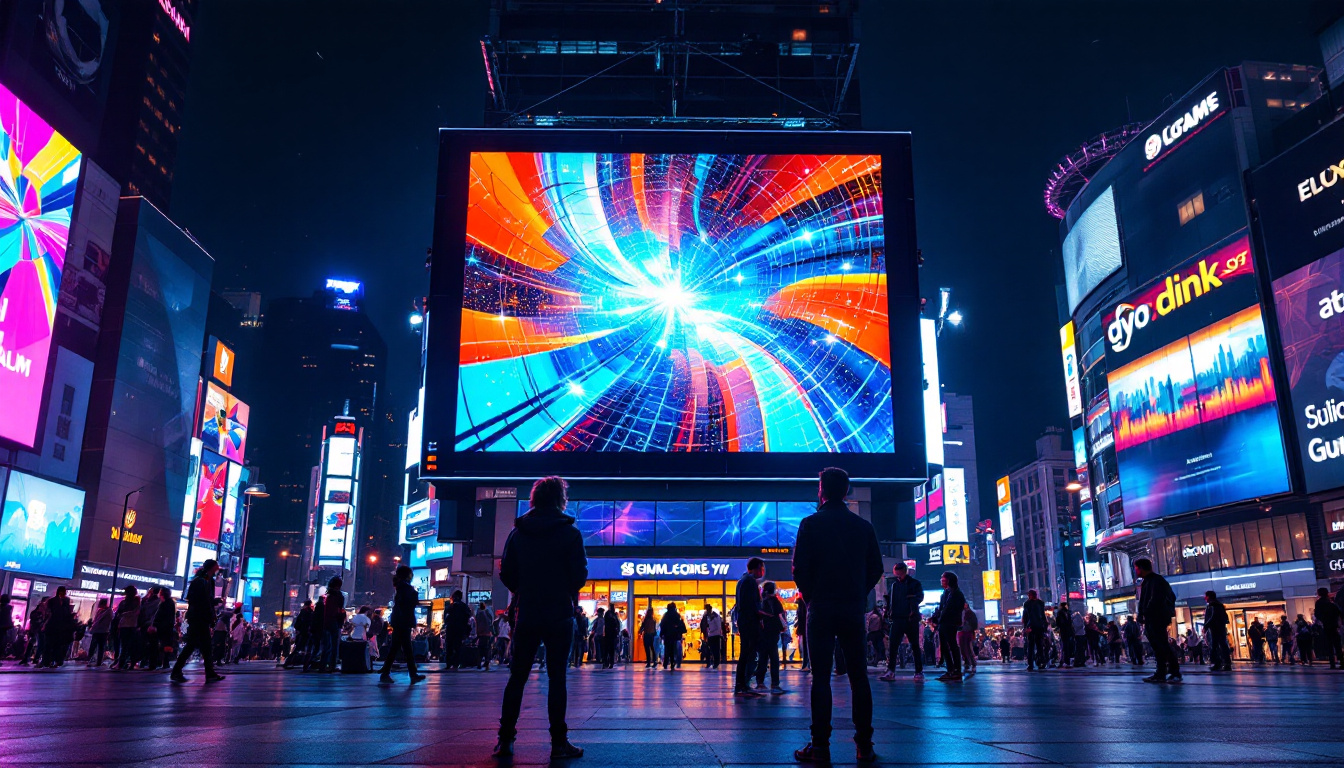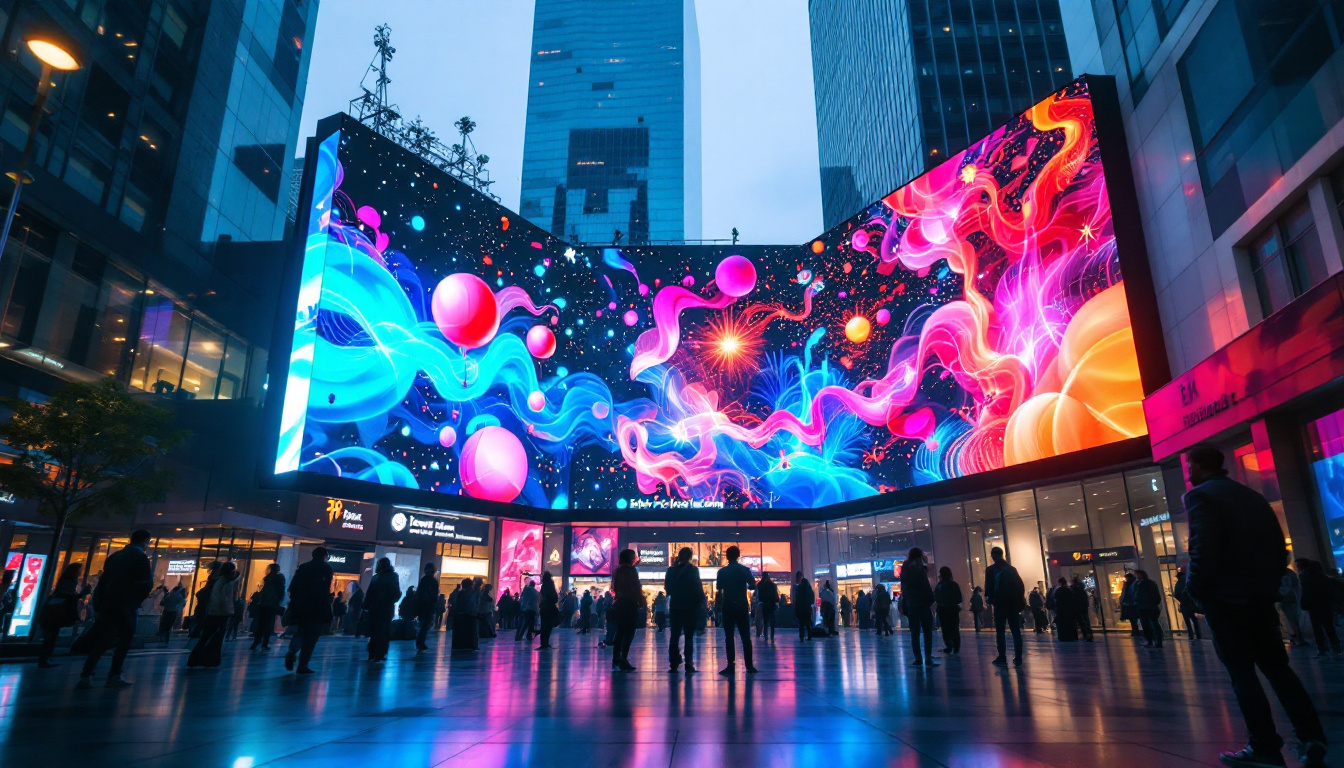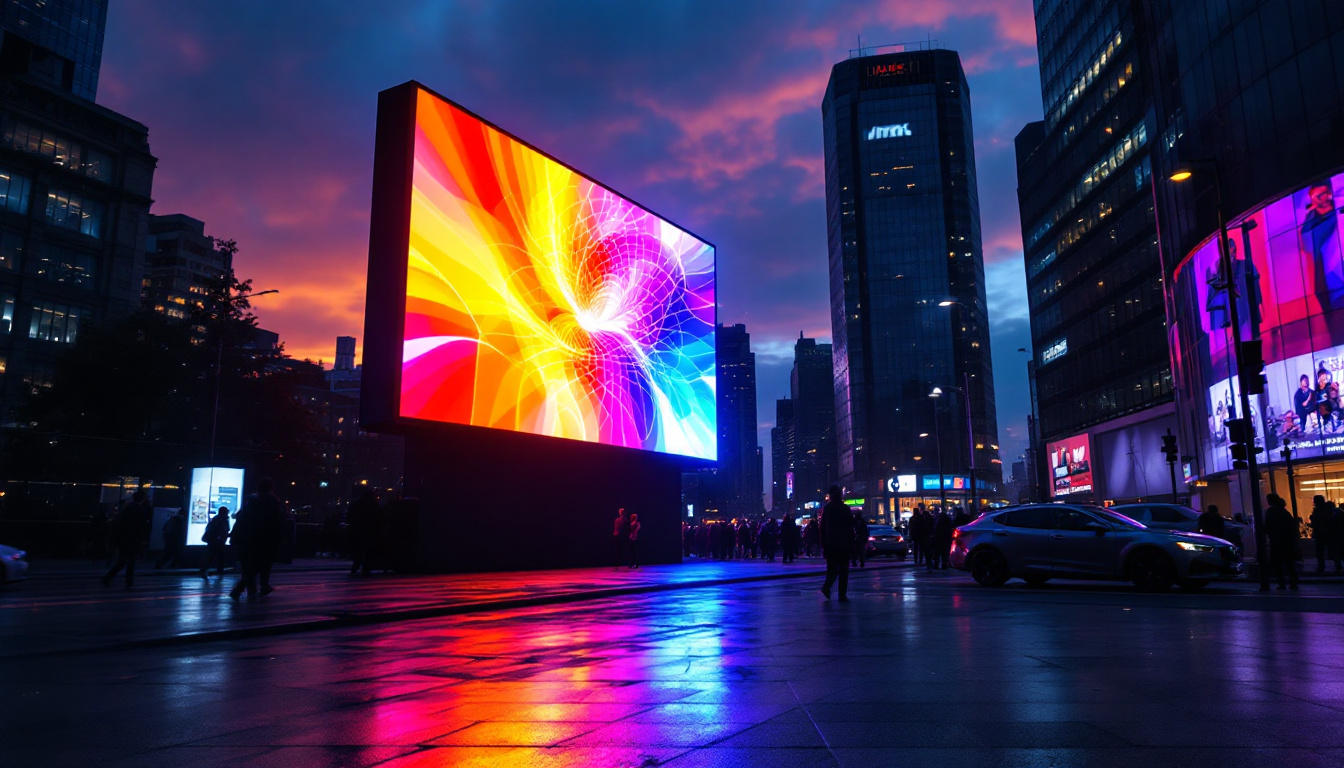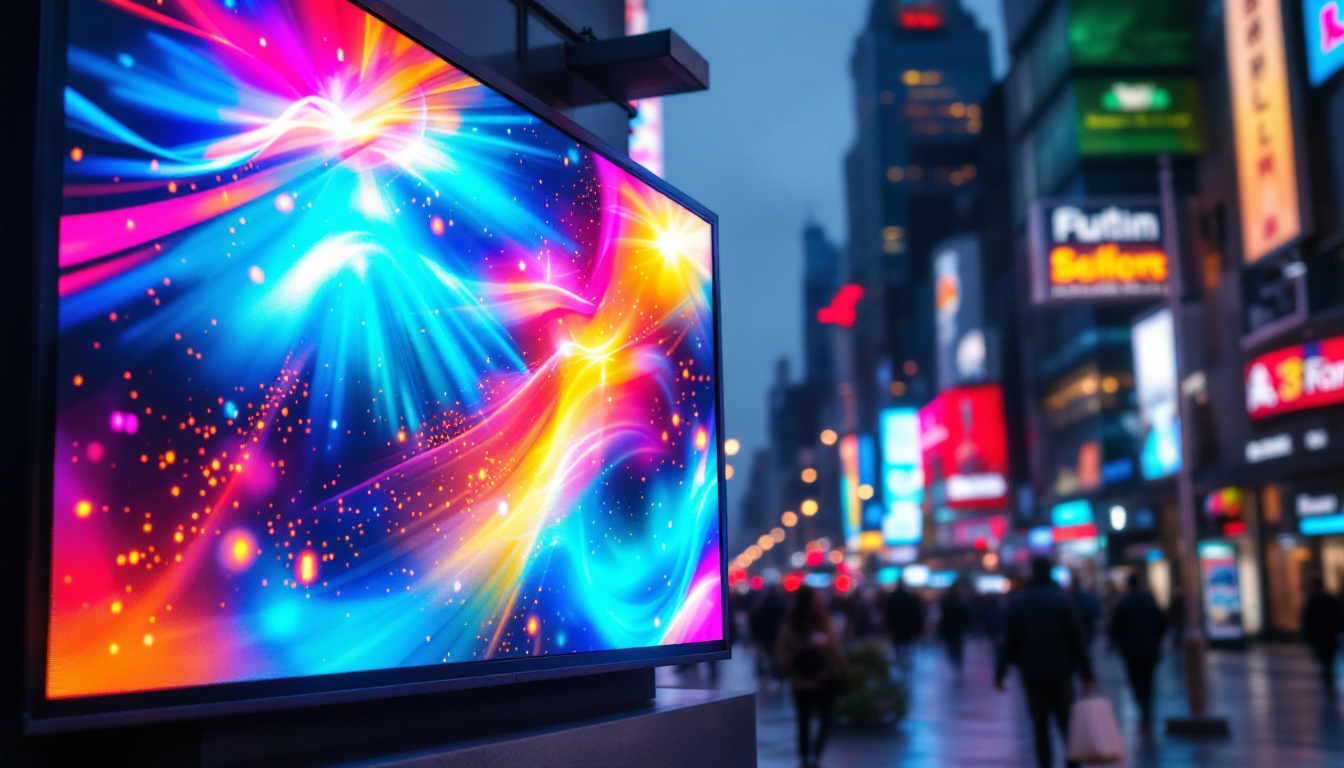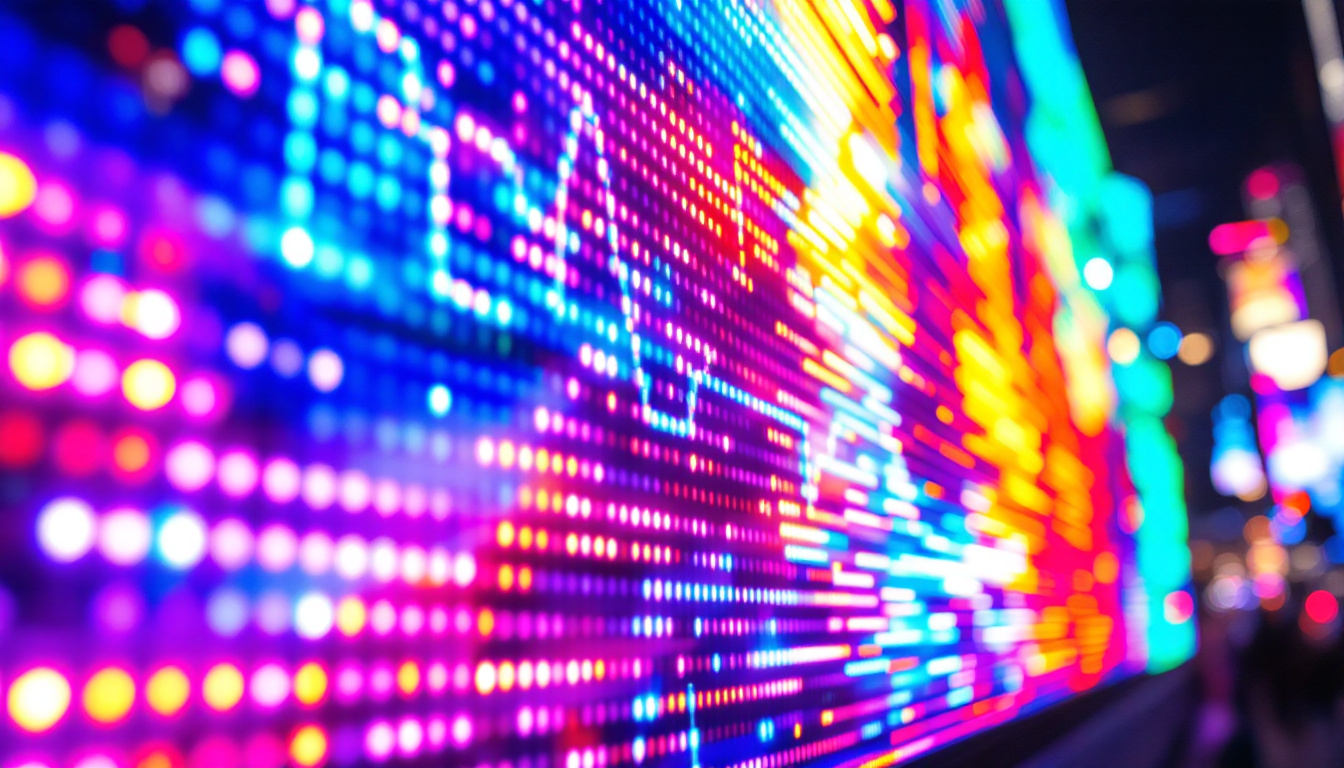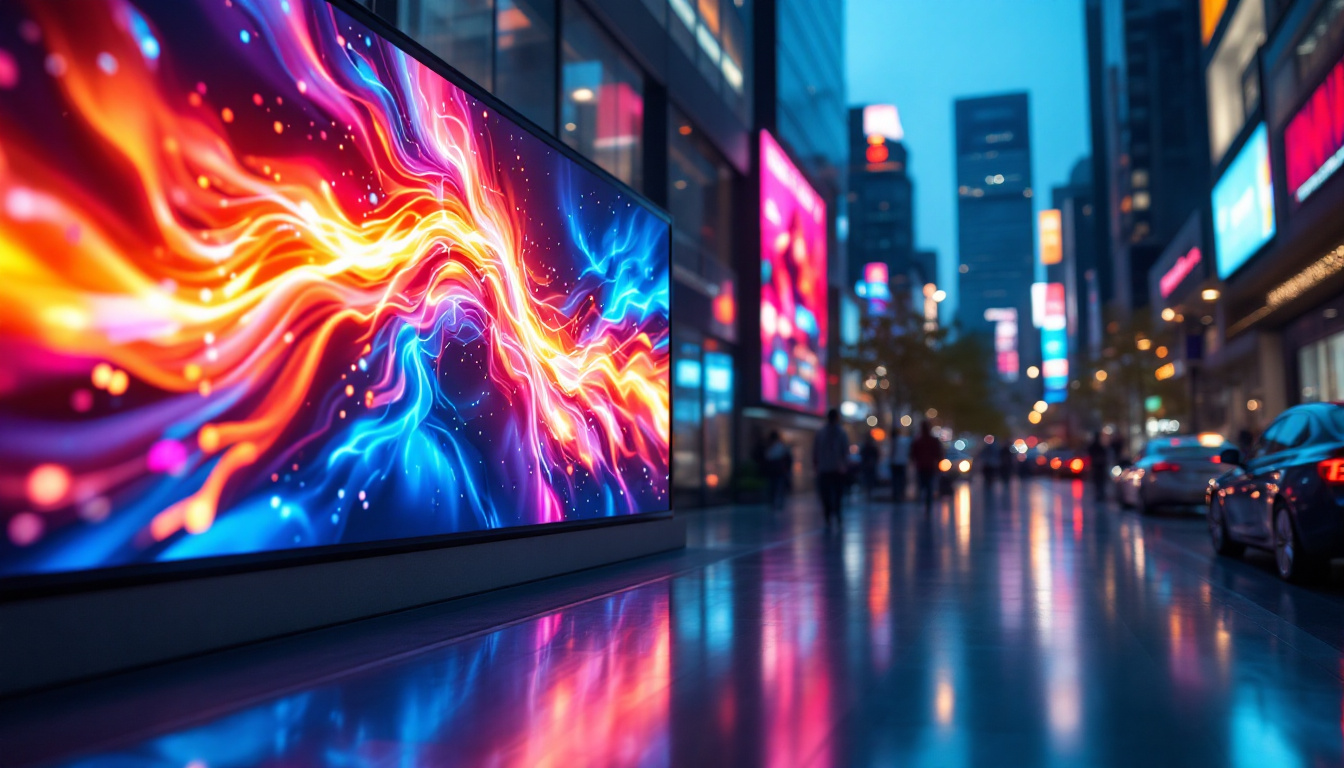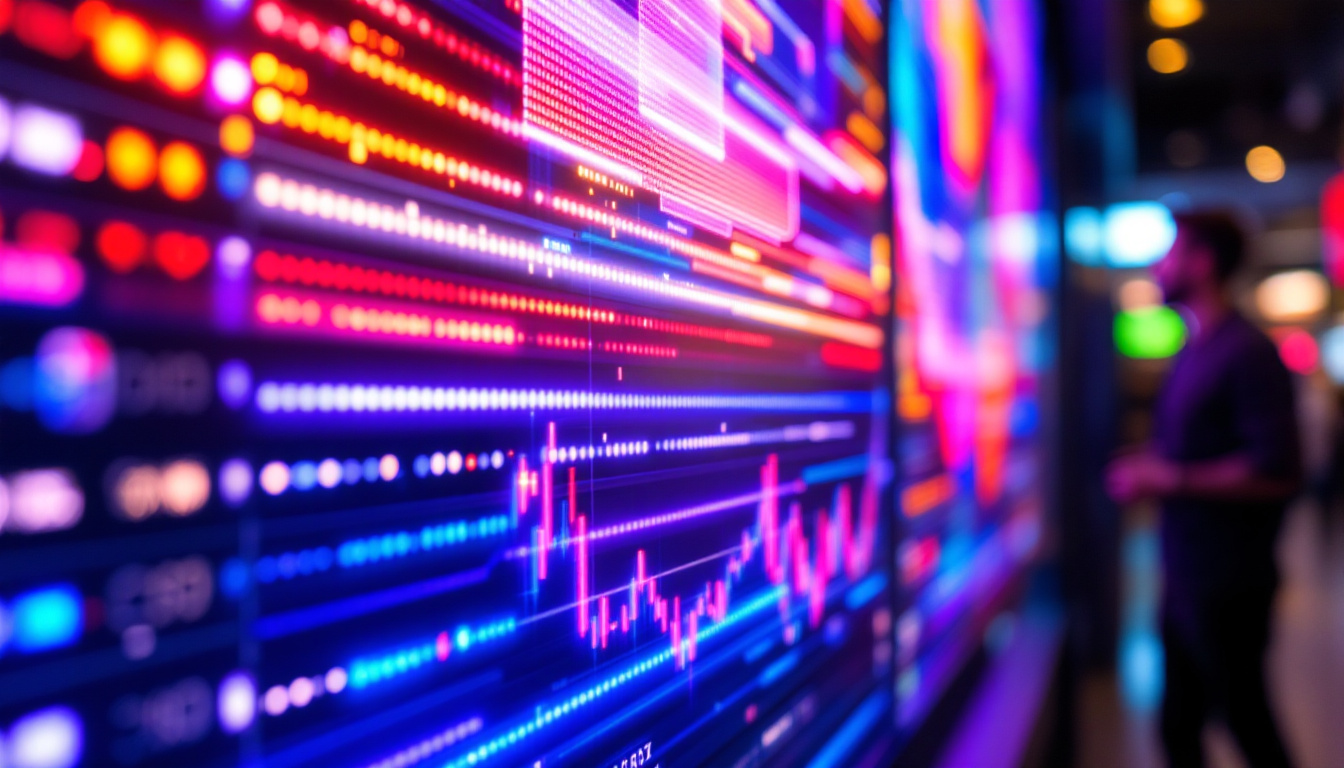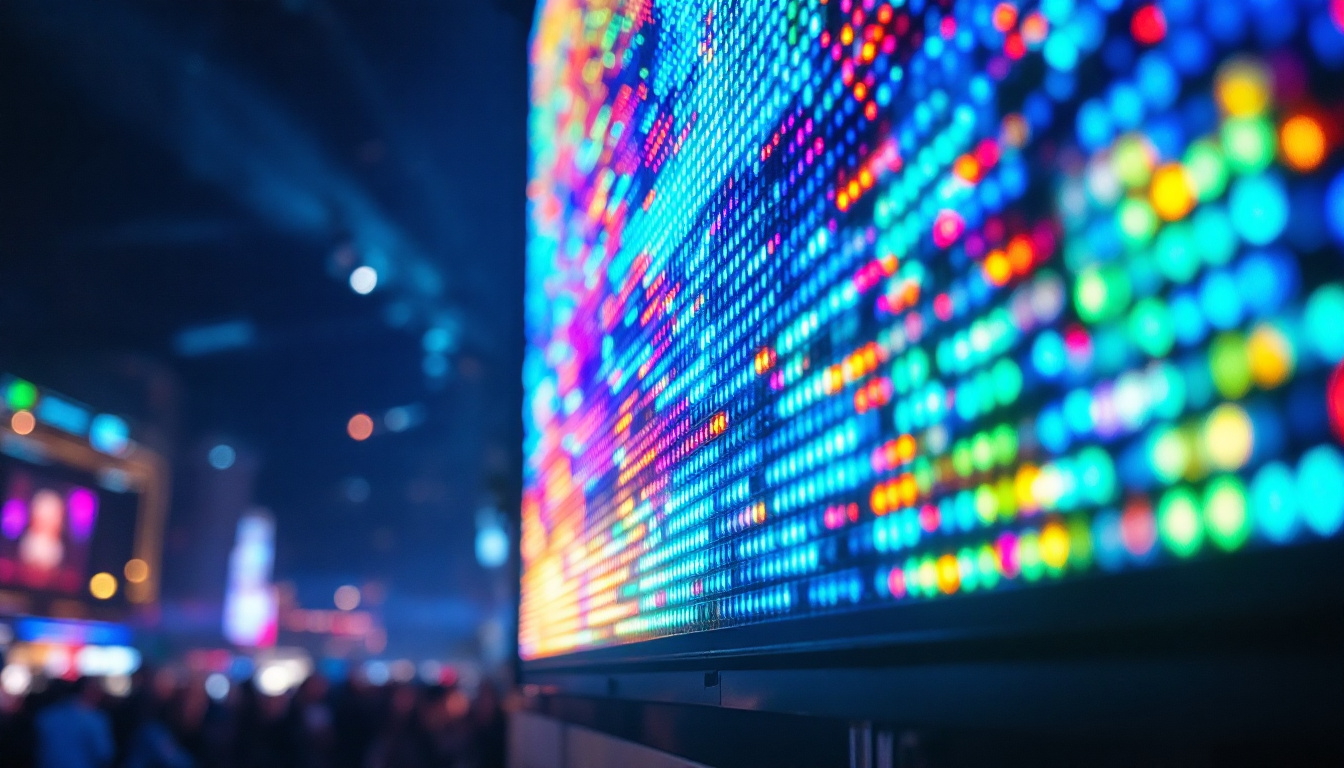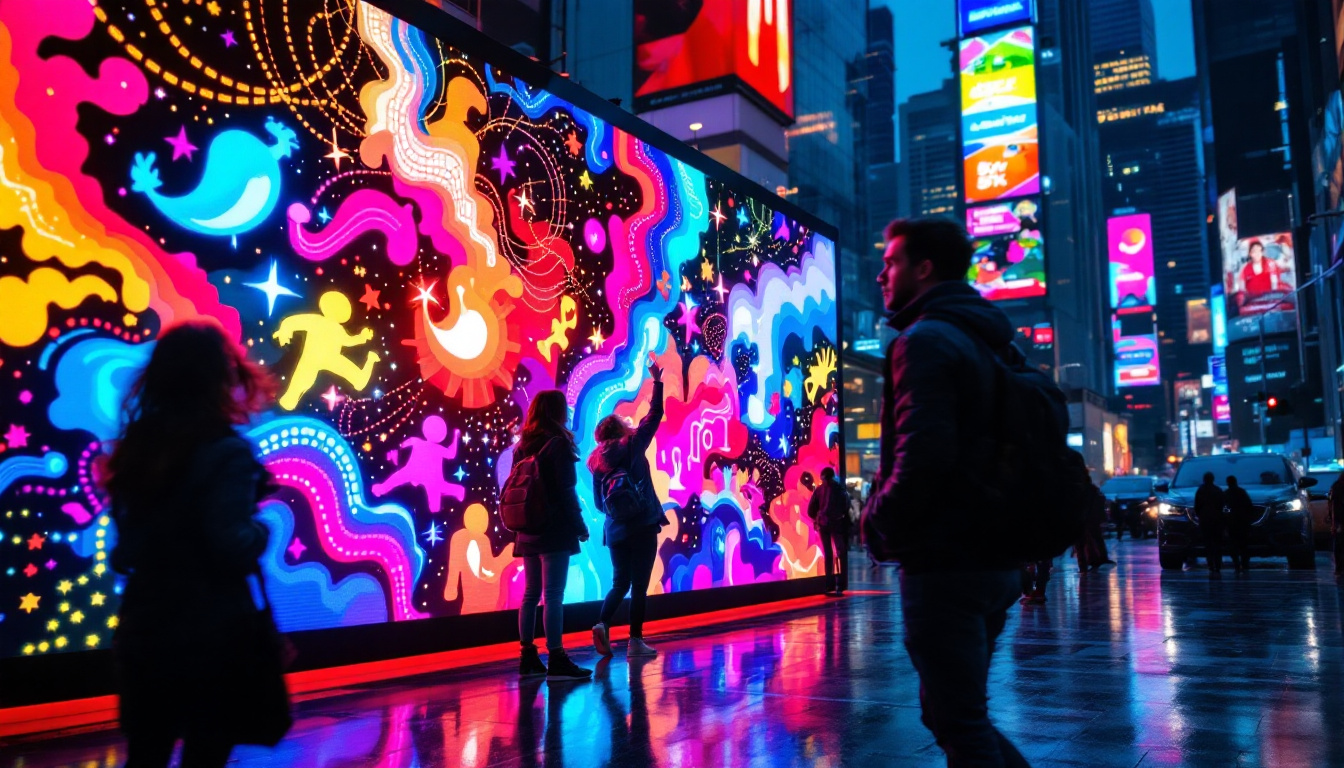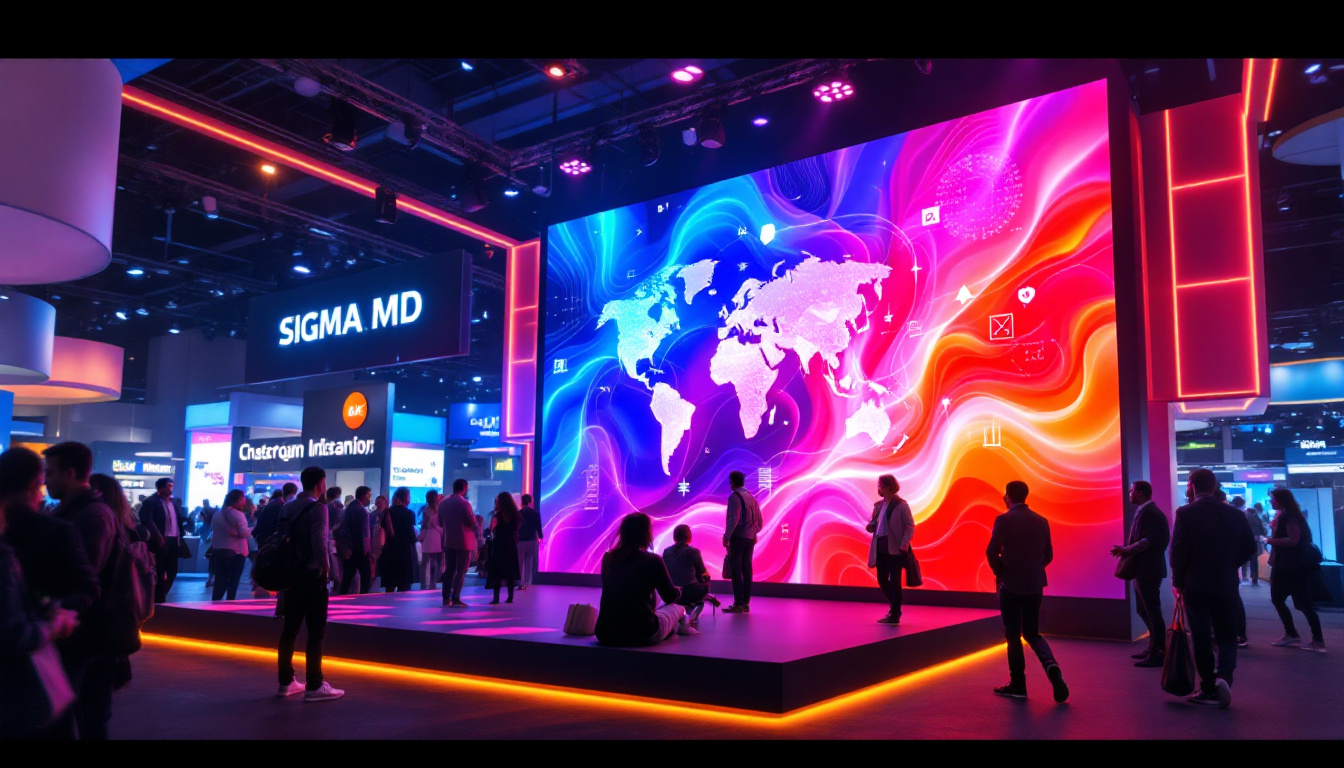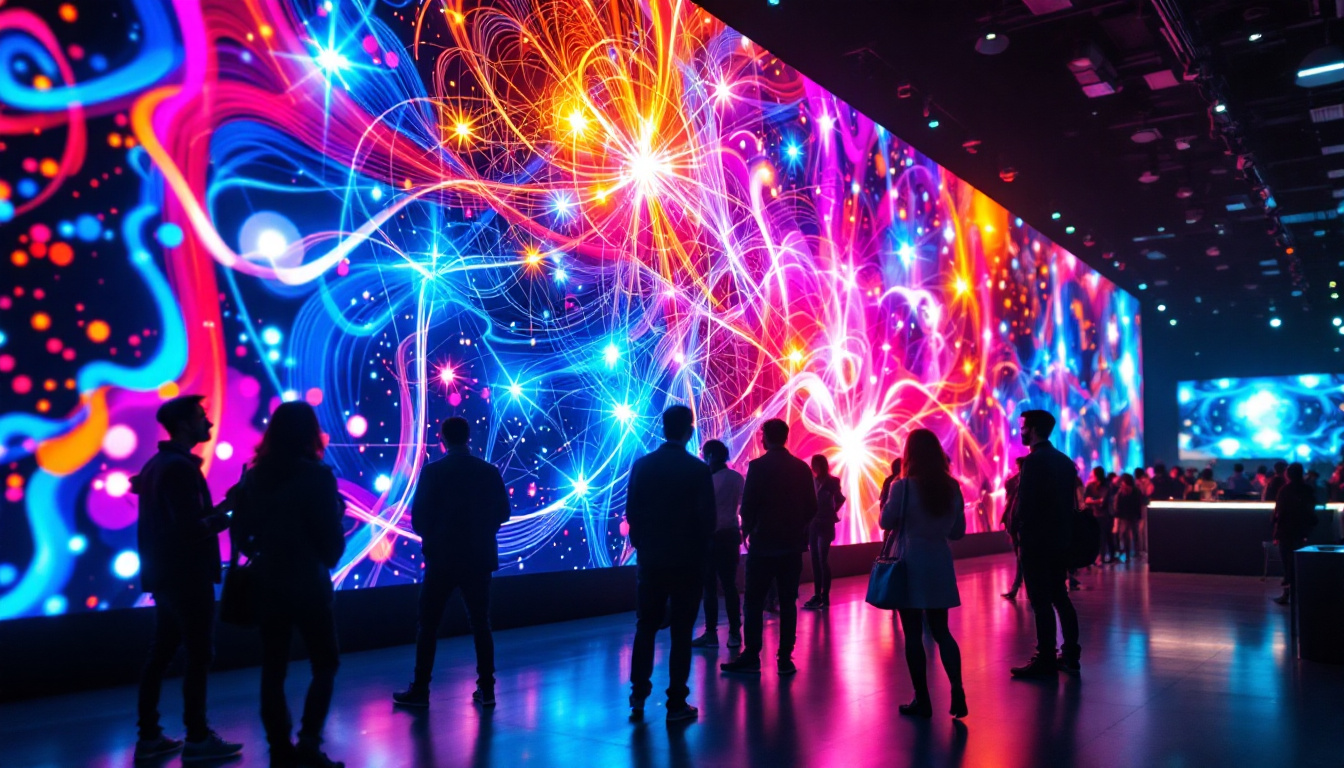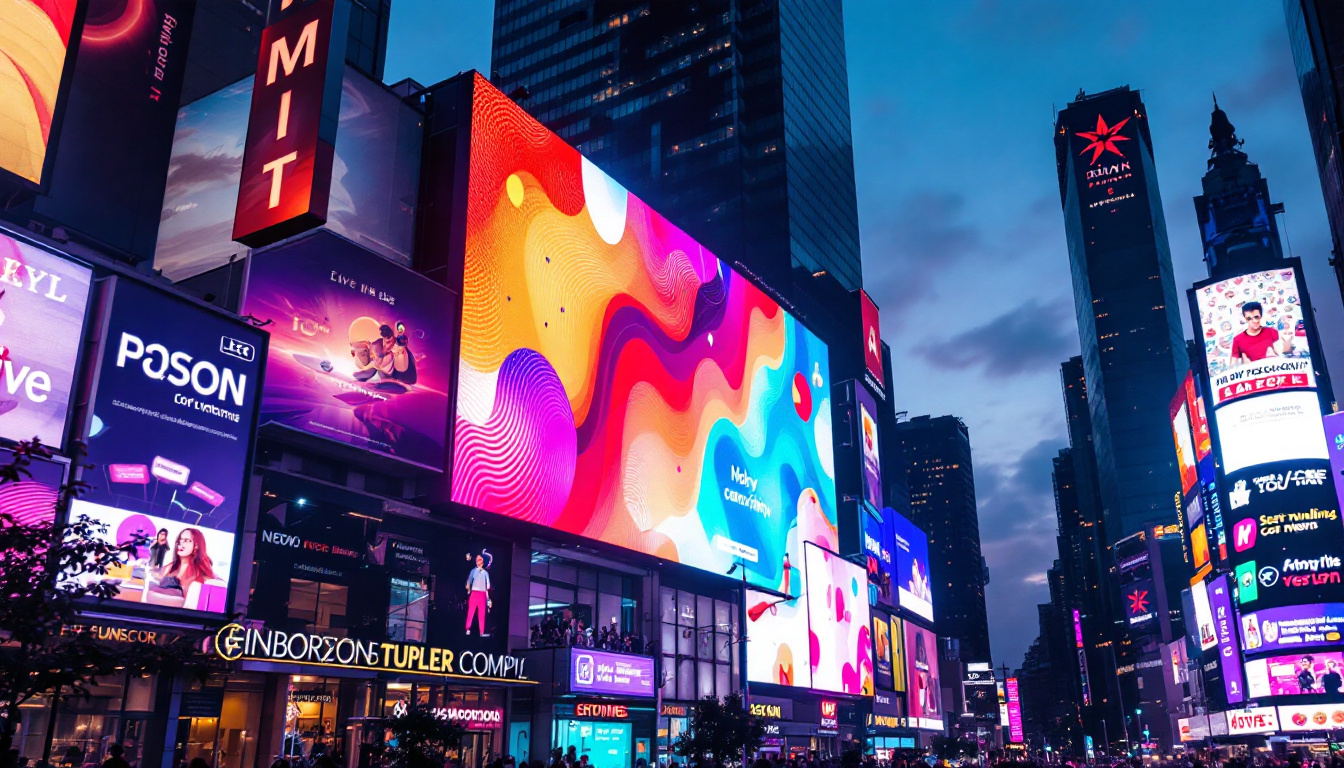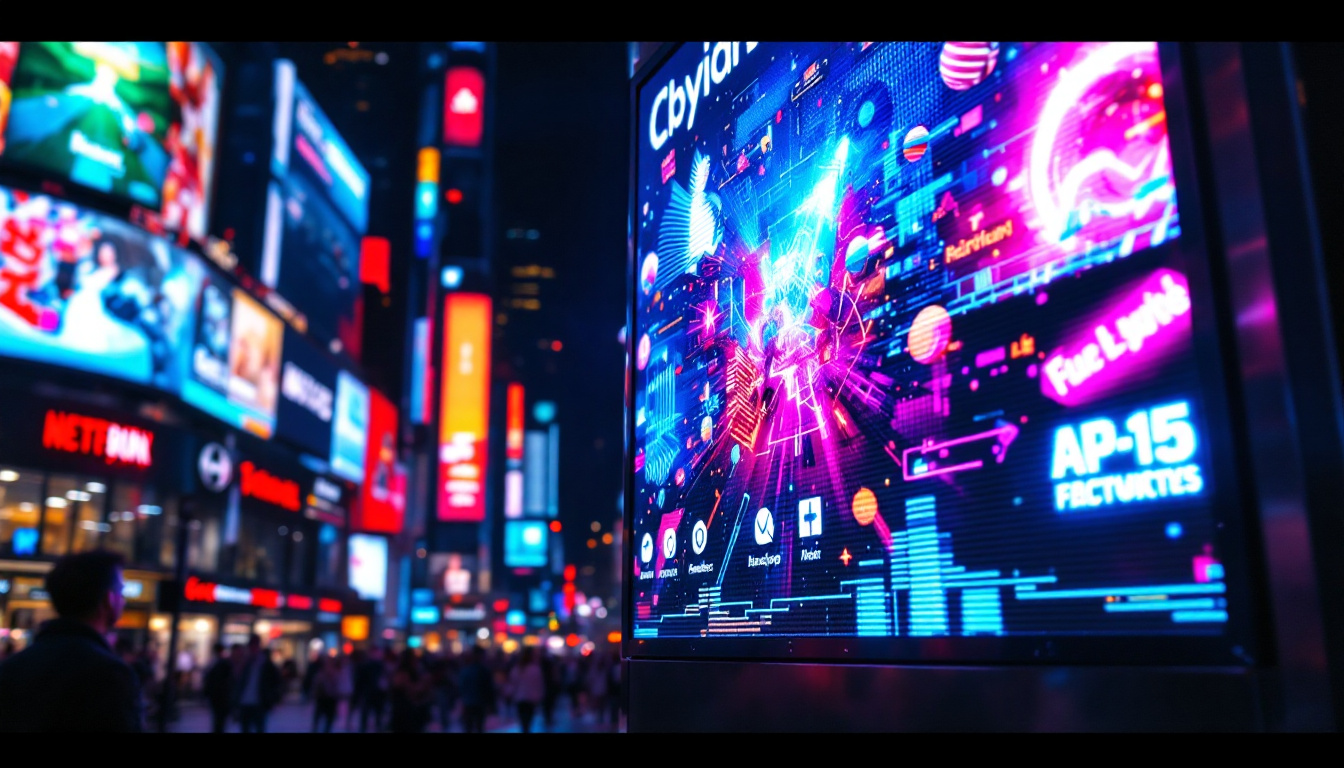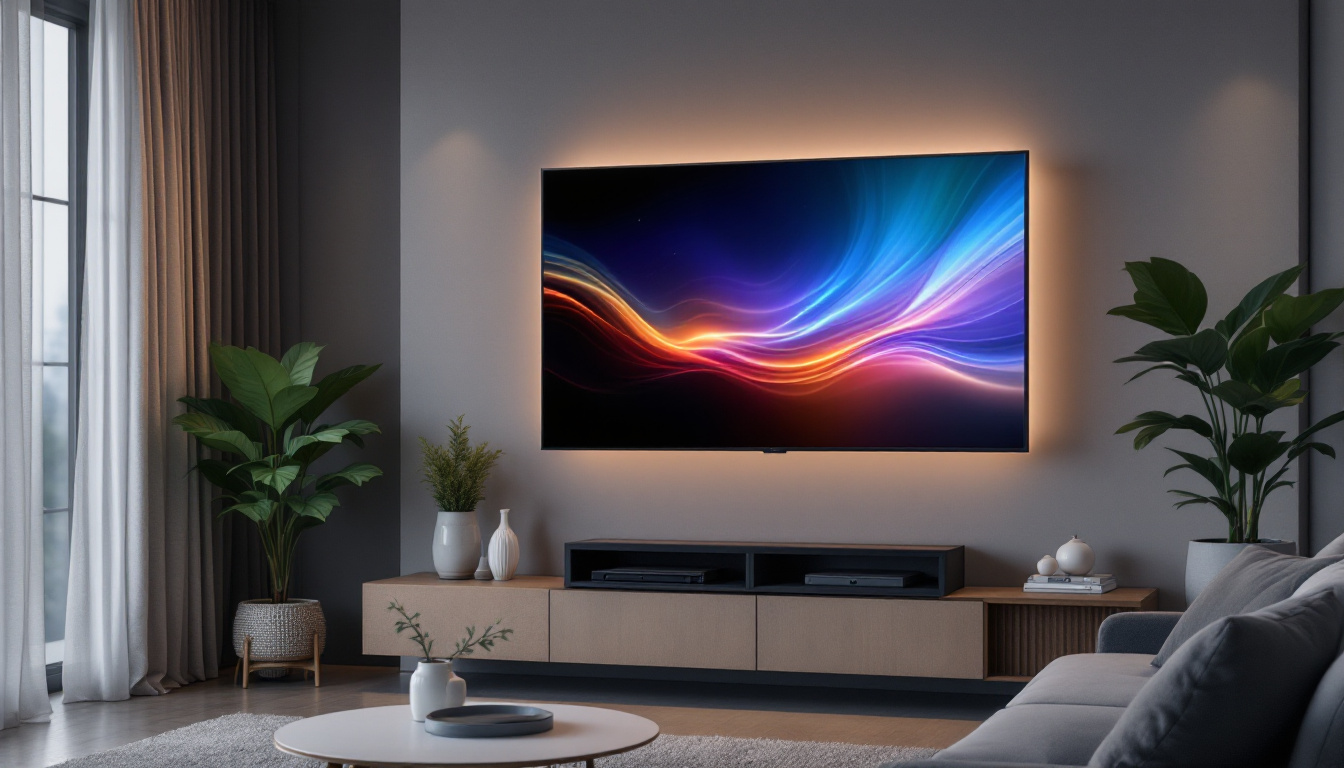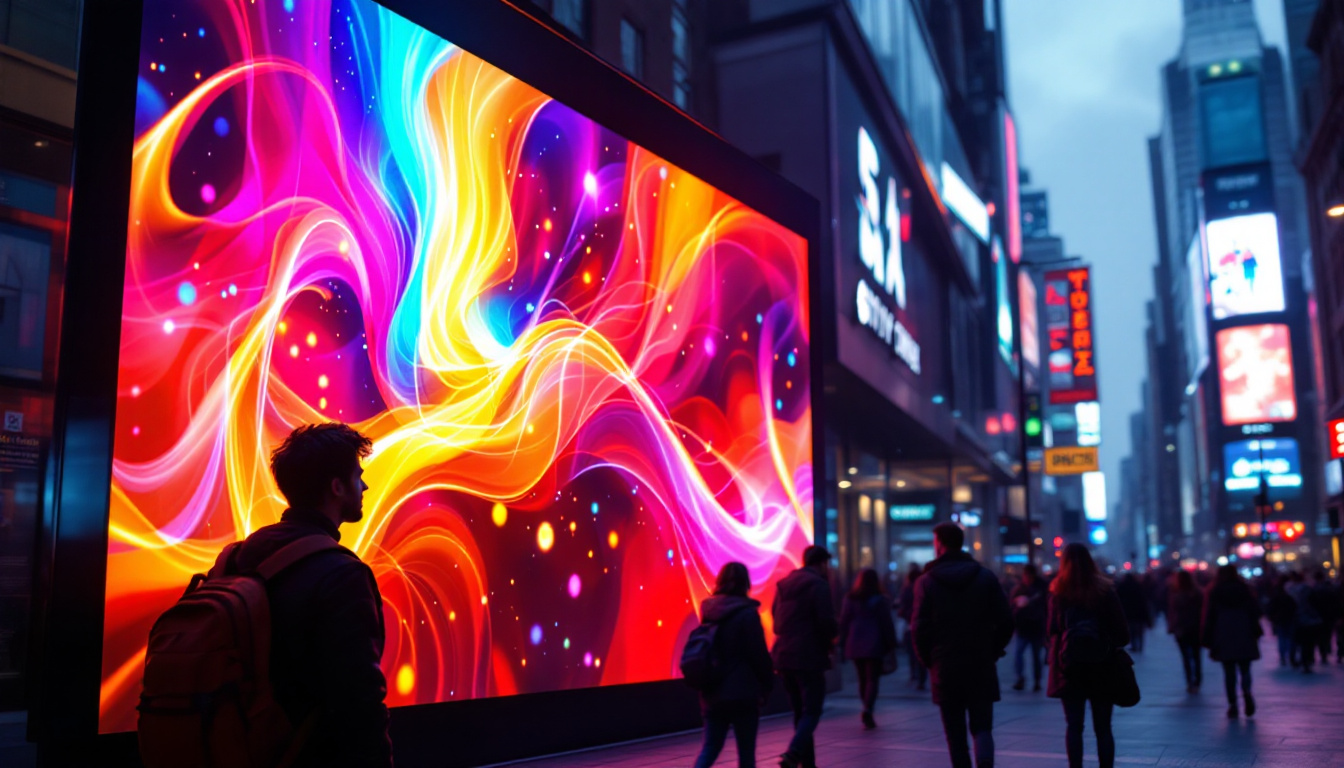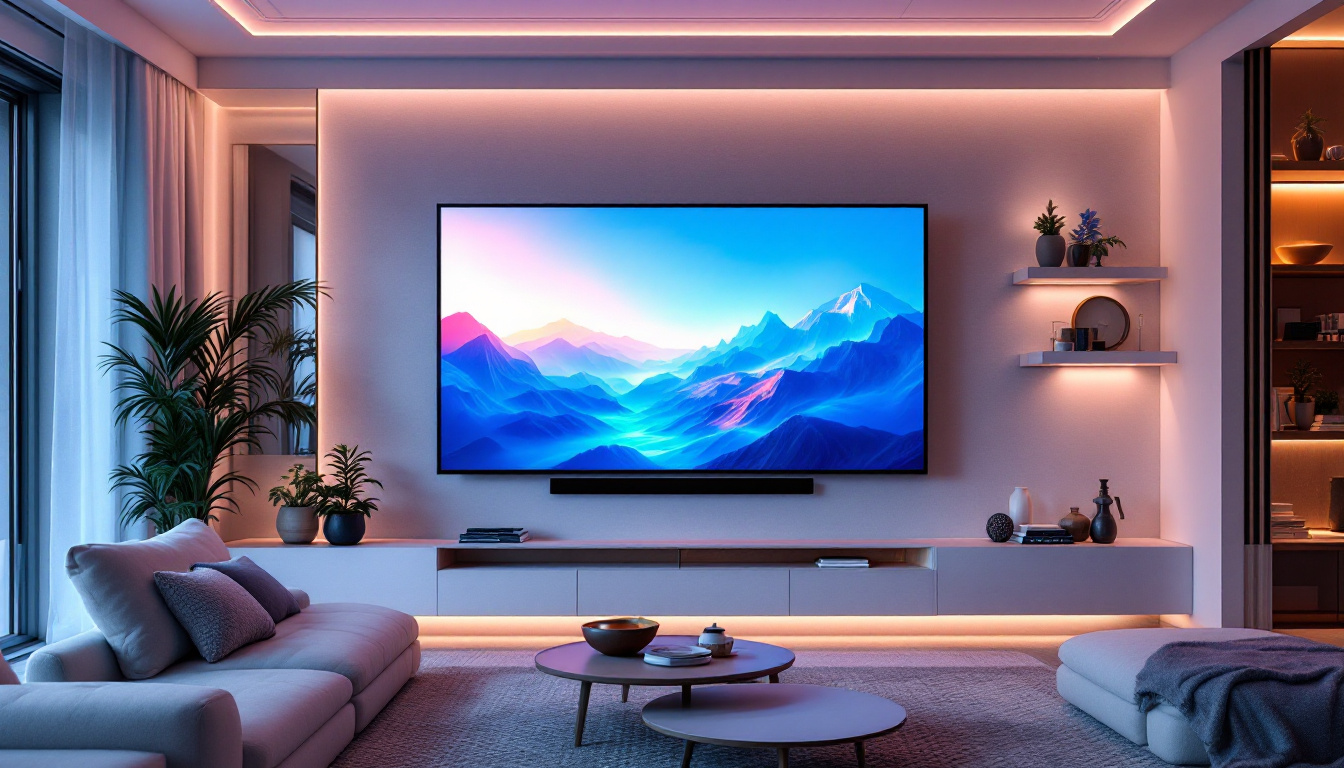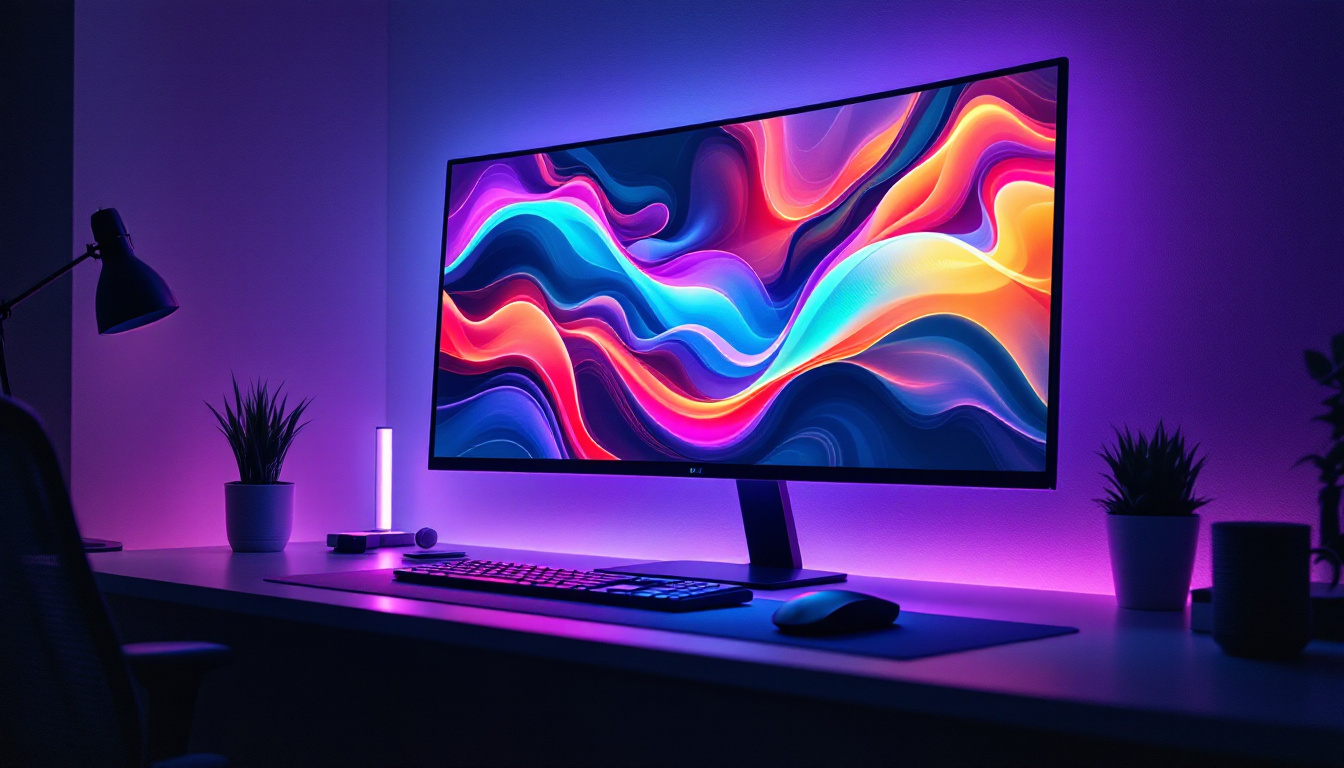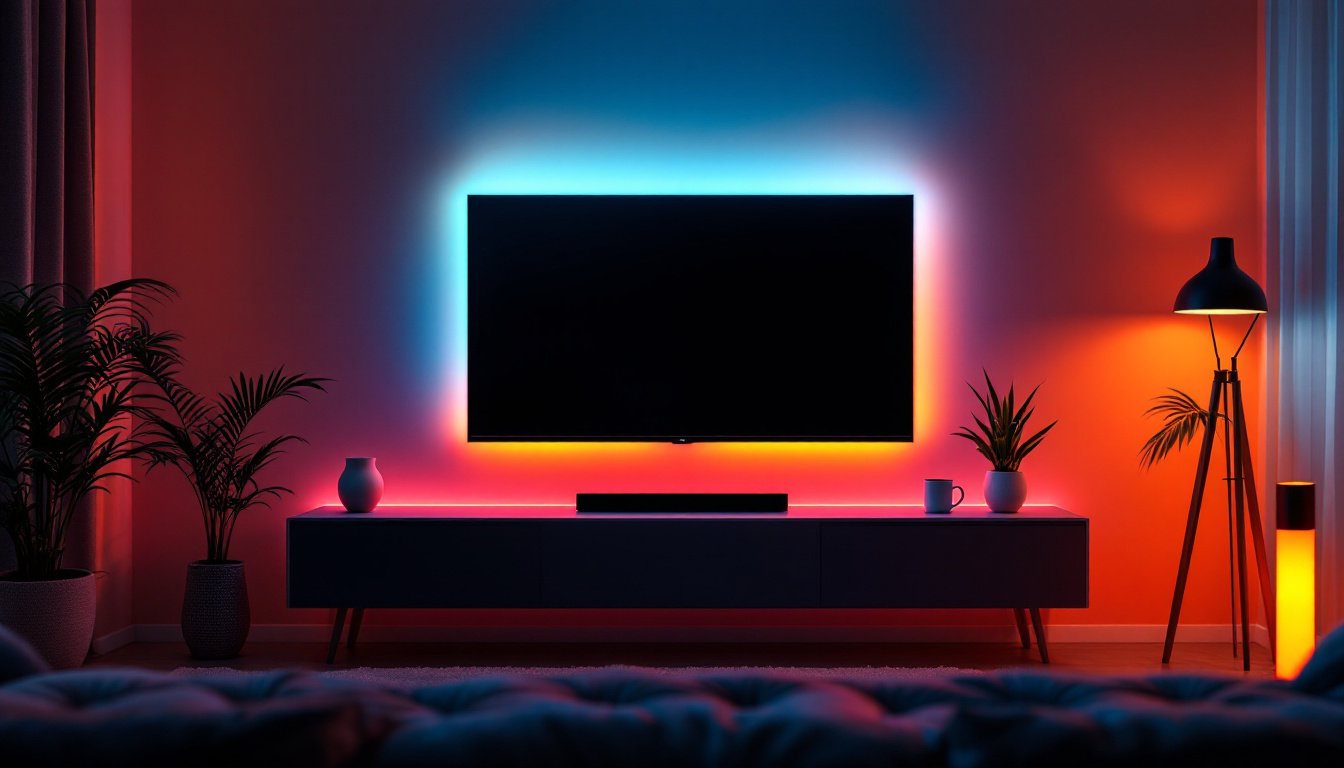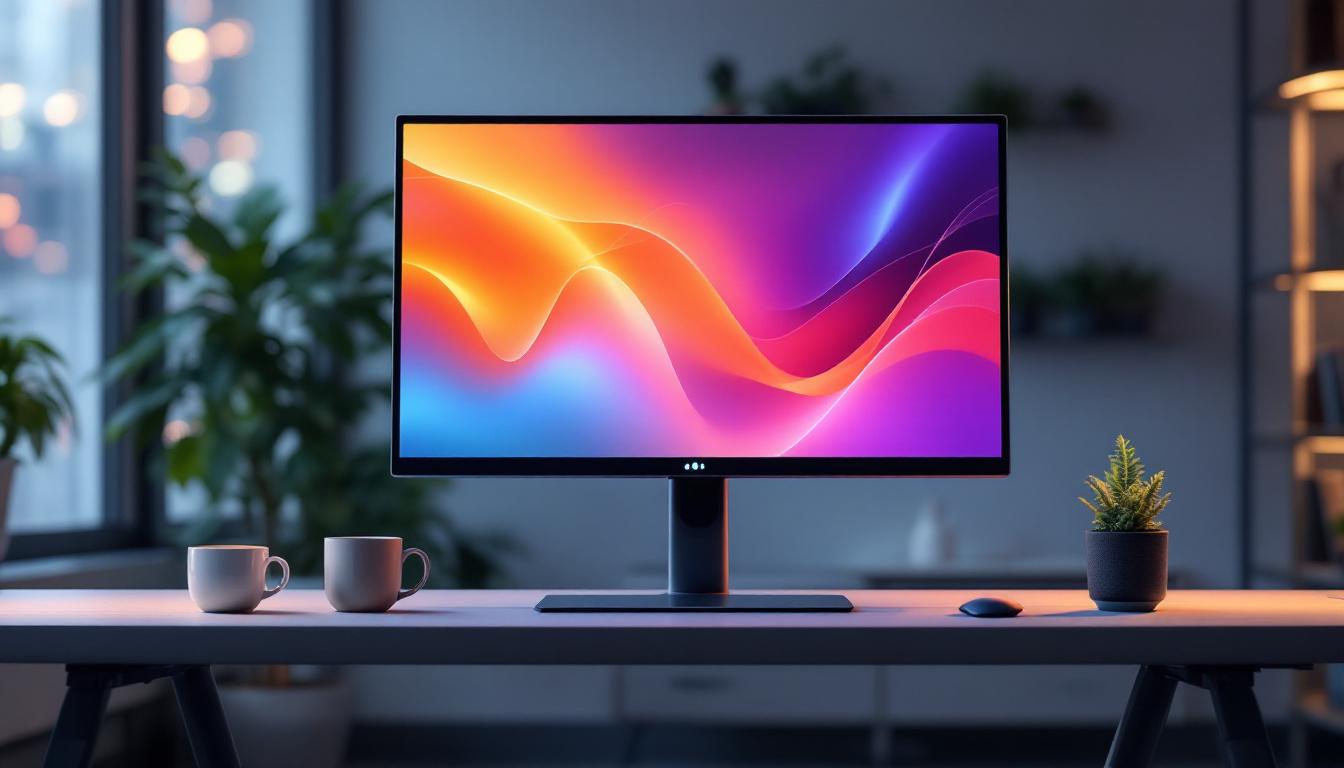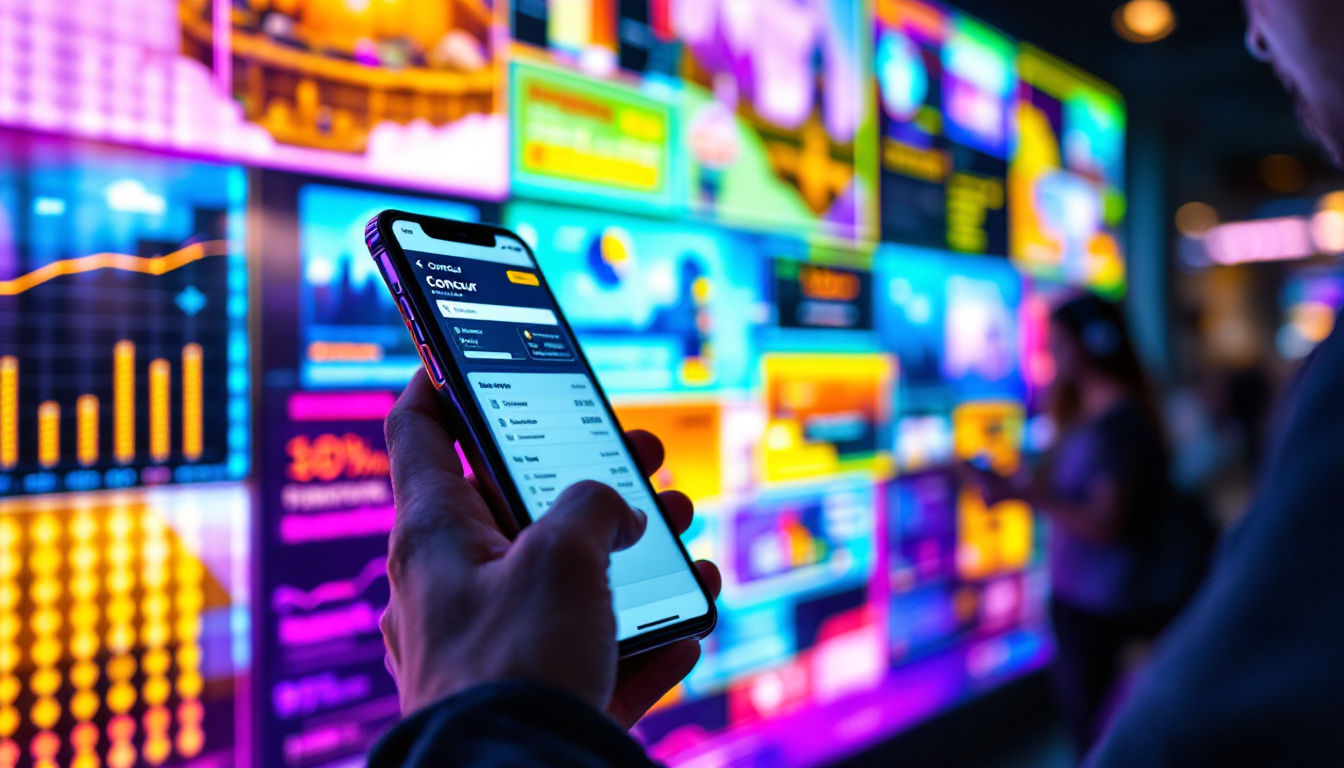The world of cinema has witnessed a remarkable evolution in technology, particularly with the advent of LED displays. The film industry, in its quest for visual excellence, has increasingly turned to LED technology to enhance the viewing experience. This article delves into the intricacies of LED displays, their application in movies, and how they contribute to the storytelling process, particularly in the context of “The Expandable,” a film that showcases this technology in innovative ways.
Understanding LED Display Technology
LED (Light Emitting Diode) displays have revolutionized the way visual content is presented. Unlike traditional projection systems, LED displays offer superior brightness, contrast, and color accuracy. This section will explore the fundamental aspects of LED technology and its significance in the film industry.
How LED Displays Work
At the core of LED display technology is the principle of electroluminescence, where a semiconductor material emits light when an electric current passes through it. This process allows for the creation of vibrant images with high levels of detail. LED displays can be categorized into two main types: direct view and backlit. Direct view displays consist of individual LED modules that form the entire screen, while backlit displays use LEDs to illuminate an LCD panel from behind.
One of the most significant advantages of LED displays is their ability to produce deep blacks and bright whites, resulting in a dynamic range that enhances the visual experience. Additionally, LED technology allows for thinner and lighter screens, making them ideal for various applications, including large-scale movie sets and immersive environments. The modular nature of these displays also means that they can be easily assembled and configured to fit different spaces and artistic visions, enabling filmmakers to create unique visual landscapes that were previously difficult to achieve.
Benefits of LED Displays in Film Production
LED displays offer numerous benefits to filmmakers. One of the most notable advantages is the ability to create realistic backgrounds and environments. Instead of relying solely on green screens and post-production effects, filmmakers can utilize LED walls to project high-resolution images that interact with live-action footage. This integration not only saves time during the editing process but also provides actors with a more immersive experience on set. The immediacy of seeing the background in real-time allows for more nuanced performances, as actors can react to their surroundings more naturally.
Moreover, LED displays are energy-efficient and have a longer lifespan compared to traditional projection systems. This sustainability aspect is increasingly important in an industry that is becoming more conscious of its environmental impact. The flexibility of LED technology allows for creative lighting solutions, enabling filmmakers to achieve their desired aesthetic without compromising on energy consumption. Additionally, the versatility of LED displays means they can be used for a variety of purposes beyond just backgrounds; they can serve as dynamic lighting sources, set pieces, or even interactive elements that engage audiences in new ways. As technology continues to evolve, the potential applications of LED displays in filmmaking are bound to expand, pushing the boundaries of visual storytelling even further.
The Role of LED Displays in “The Expandable”
“The Expandable” is a film that exemplifies the innovative use of LED display technology in modern cinema. The film’s production team harnessed the capabilities of LED displays to create stunning visuals that enhance the narrative. This section will explore the specific applications of LED technology within the film.
Creating Immersive Environments
One of the standout features of “The Expandable” is its use of LED displays to create immersive environments. Instead of traditional set designs, the filmmakers opted for large LED walls that could display dynamic backgrounds in real-time. This approach allowed for seamless transitions between scenes and provided a sense of continuity that is often challenging to achieve with conventional methods.
The LED displays were strategically placed to surround the actors, creating a 360-degree visual experience. This technique not only enhanced the realism of the scenes but also allowed for greater flexibility in filming. Directors could adjust the backgrounds on the fly, adapting to the actors’ performances and the evolving narrative. This adaptability was particularly beneficial during action sequences, where the environment could change rapidly, ensuring that the visual elements remained synchronized with the actors’ movements and emotions.
Moreover, the LED technology contributed to the film’s overall aesthetic, allowing for vibrant colors and intricate details that traditional green screens could not replicate. The filmmakers were able to create unique atmospheres that reflected the underlying themes of the story, immersing the audience in a world that felt both fantastical and authentic. This innovative approach not only captivated viewers but also set a new standard for how environments can be constructed in film.
Enhancing Visual Effects
Visual effects play a crucial role in modern filmmaking, and “The Expandable” leverages LED technology to enhance these effects. By integrating LED displays into the filming process, the visual effects team was able to create a more cohesive look between live-action footage and CGI elements. The real-time feedback provided by the LED displays allowed for immediate adjustments, resulting in a polished final product.
Furthermore, the use of LED displays minimized the need for extensive post-production work. This not only reduced the overall production timeline but also allowed the filmmakers to allocate resources more effectively. The result is a film that boasts stunning visuals without sacrificing the quality of storytelling. The synergy between practical effects and digital enhancements created a unique visual language that resonated with audiences, making the action sequences feel more tangible and impactful.
Additionally, the filmmakers experimented with various lighting techniques using the LED displays, which allowed them to simulate different times of day and weather conditions. This versatility provided a richer narrative experience, as the lighting could shift in accordance with the emotional tone of each scene. The careful interplay of light and shadow added depth to the characters and their surroundings, further immersing the audience in the film’s world. By utilizing LED technology in such innovative ways, “The Expandable” not only pushed the boundaries of visual storytelling but also redefined the potential of cinematic experiences in the digital age.
The Future of LED Displays in Cinema
The success of “The Expandable” has sparked discussions about the future of LED displays in the film industry. As technology continues to advance, filmmakers are exploring new ways to integrate LED displays into their projects. This section will examine the potential developments and trends in LED technology within cinema.
Advancements in Resolution and Color Accuracy
As demand for high-quality visuals grows, so does the need for advancements in LED display resolution and color accuracy. The next generation of LED displays is expected to feature even higher pixel densities, resulting in sharper images and more vibrant colors. This improvement will allow filmmakers to push the boundaries of visual storytelling, creating experiences that are more immersive than ever before.
Additionally, advancements in color calibration technology will enable filmmakers to achieve greater consistency across different displays. This is particularly important for films that are distributed across various platforms, ensuring that audiences experience the intended visuals regardless of the medium.
Integration with Virtual Reality and Augmented Reality
The intersection of LED display technology with virtual reality (VR) and augmented reality (AR) presents exciting possibilities for the future of cinema. As filmmakers experiment with these technologies, LED displays can serve as a bridge between the physical and digital worlds. This integration can lead to interactive storytelling experiences that engage audiences in unprecedented ways.
Imagine a film where viewers can choose their own path through a story, guided by real-time visuals displayed on LED screens. This level of interactivity could redefine the cinematic experience, making it more engaging and personalized for each viewer.
Challenges and Considerations
While the benefits of LED displays in film production are substantial, there are also challenges that filmmakers must navigate. Understanding these challenges is crucial for maximizing the potential of LED technology in cinema.
Cost Implications
One of the primary challenges associated with LED displays is the initial investment required for high-quality equipment. While the long-term benefits of LED technology can outweigh the costs, budget constraints may limit access for smaller production companies. This financial barrier can hinder the widespread adoption of LED displays, particularly for independent filmmakers.
However, as technology advances and becomes more mainstream, it is anticipated that prices will decrease, making LED displays more accessible to a broader range of filmmakers. In the meantime, exploring rental options or partnerships with technology providers can help mitigate these costs.
Technical Expertise and Training
Another consideration is the need for technical expertise in operating LED displays effectively. Filmmakers and crew members must be trained to understand the intricacies of LED technology, including calibration, maintenance, and integration with other production tools. This requirement can pose a challenge for teams that are accustomed to traditional filming methods.
Investing in training and workshops can help bridge this knowledge gap, ensuring that production teams are equipped to utilize LED displays to their full potential. As the industry evolves, fostering a culture of continuous learning will be essential for staying ahead of technological advancements.
Conclusion
The integration of LED display technology in films like “The Expandable” marks a significant milestone in the evolution of cinema. By creating immersive environments and enhancing visual effects, LED displays have redefined the way stories are told on screen. As filmmakers continue to explore the possibilities of this technology, the future of cinema looks promising, with the potential for even more innovative storytelling experiences.
As we move forward, it is crucial for the film industry to embrace these advancements while also addressing the challenges that come with them. By investing in technology, training, and collaboration, filmmakers can harness the full power of LED displays to create captivating narratives that resonate with audiences worldwide.
In summary, the journey of LED display technology in cinema is just beginning. With each new film, the possibilities expand, paving the way for a future where visual storytelling reaches new heights of creativity and engagement.
Discover the Future of Visual Storytelling with LumenMatrix
As “The Expandable” demonstrates, LED display technology is transforming the cinematic landscape, offering filmmakers unprecedented opportunities to craft immersive and engaging narratives. If you’re inspired to elevate your own visual storytelling, explore the innovative solutions from LumenMatrix. As a leader in LED display technology, LumenMatrix provides a wide array of products, including Indoor and Outdoor LED Wall Displays, Vehicle LED Displays, LED Poster Displays, and more, designed to captivate your audience and amplify your message. Check out LumenMatrix LED Display Solutions and join the revolution in visual communication.

